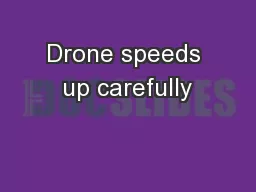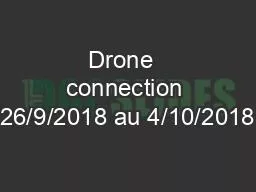PPT-Silicon Flatirons Drone and Satellite Primer
Author : conchita-marotz | Published Date : 2018-11-02
Edward Smitty Smith and Mike Lewis October 4 2017 Overview Introduction Different Technologies Shared Challenges Helpful Terms for Understanding Acronym Soup Overview
Presentation Embed Code
Download Presentation
Download Presentation The PPT/PDF document "Silicon Flatirons Drone and Satellite Pr..." is the property of its rightful owner. Permission is granted to download and print the materials on this website for personal, non-commercial use only, and to display it on your personal computer provided you do not modify the materials and that you retain all copyright notices contained in the materials. By downloading content from our website, you accept the terms of this agreement.
Silicon Flatirons Drone and Satellite Primer: Transcript
Download Rules Of Document
"Silicon Flatirons Drone and Satellite Primer"The content belongs to its owner. You may download and print it for personal use, without modification, and keep all copyright notices. By downloading, you agree to these terms.
Related Documents






